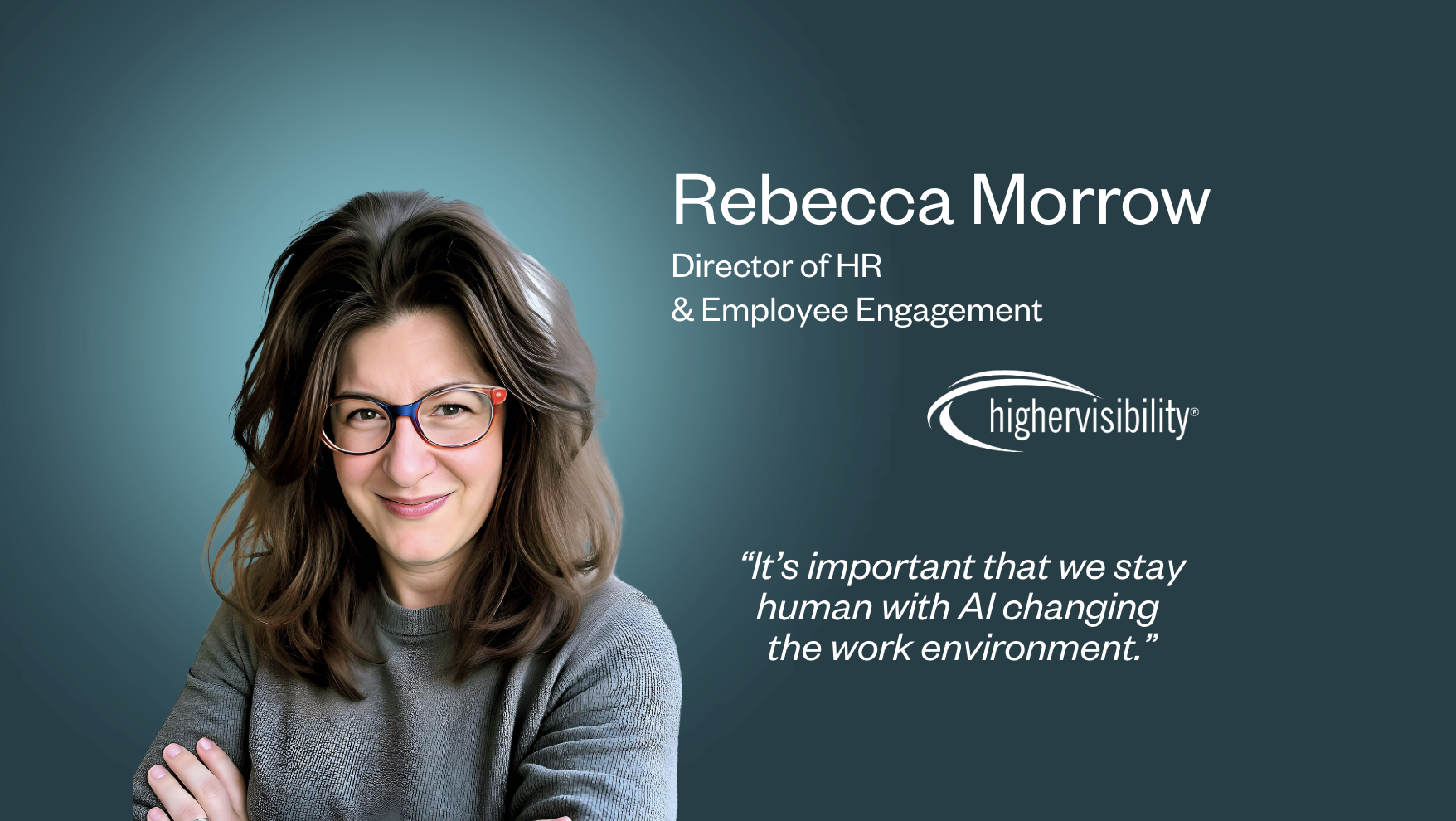A manager is most simply defined as: a person responsible for controlling or administering an organization or group of staff. A definition which rang true for decades, but no longer holds up for the majority of workplaces. Today’s managers are expected to wear many different hats: counselor, confidante, cheerleader, coach… the list goes on.
A huge management focus is on employee wellbeing, yet targets for high performance and ever-increasing output from teams have not reduced. Finding the right balance appears impossible.
While it’s certainly challenging, with the right tools and resources, managers can be everything to everyone – most of the time.
Juggling conflicting priorities
Balancing the conflicting priorities of wellbeing and output is hard. Managers must protect and develop their teams whilst also focusing on business outcomes, productivity, and performance.
If a team member is struggling with workload, but deadlines are looming and there’s no additional resource budget, it can become overwhelming. Managers must seek to balance everybody’s needs and find an appropriate solution. This is especially challenging for new managers with less real-world leadership experience – and often less business experience, too.
In these conflicting situations, it’s easy for emotions to become fraught, and perspective to be lost, which is where emotional intelligence (or EQ) comes in. Contrary to popular belief, it is possible to develop EQ in your people, regardless of their starting point. You simply need to invest in the right initiatives to help them gain perspective, empathy, and resilience.
The best place to start is with access to individual professional coaching, where managers can work through challenges in real-time and on their schedules, gaining clarity and solutions to their challenges. They’ll also learn skills for their management toolkit, so future conflict will seem less overwhelming.
Manager as coach
Not only do your leaders need coaching themselves, they should also be actively working to become coaching managers to best support their teams and the business.
A coaching management style is rooted in the concept of empowering individuals to grow and develop within their organization.
It’s about facilitating learning rather than directing it; asking questions rather than giving answers; and helping employees unlock their potential. It’s a huge move away from simply enforcing rules and procedures.
It’s popular because it works: employees with coaching managers are 40% more engaged and are 20% more likely to stay in an organization long term.
How do I develop coaching managers?
If you already see the value of coaching as a management skill, but have no idea where to start, you’re not alone. It’s a common issue: many senior stakeholders envisage a vast program of work. Rather than retraining every line manager in the organization, it actually all starts with a simple mindset shift.
You need to develop a coaching mindset in your people.
It may sound like corporate jargon, but developing coaching mindsets in managers is the best way to guarantee strong leadership.
Put simply, it’s an attitude or approach that involves guiding, inspiring, and supporting others in their growth and development. Managers with a coaching mindset see themselves not as bosses or supervisors, but as facilitators who empower their teams to perform at their best.
The first crucial step in transforming managers into effective coaches, this mindset shift centralizes the growth and development of others. Instead of taking a directive approach, where the manager tells the team what to do, there is a more collaborative one, where managers and employees work together to identify solutions and make decisions.
Where should I start?
If you’re ready to develop coaching leaders, here are the best ways to get started:
- Learn more about empowering leadership in our complete guide.
- Implement individual coaching for managers in your business.
- Encourage everybody in your organization to embrace a coaching mindset and collaborative environment.






